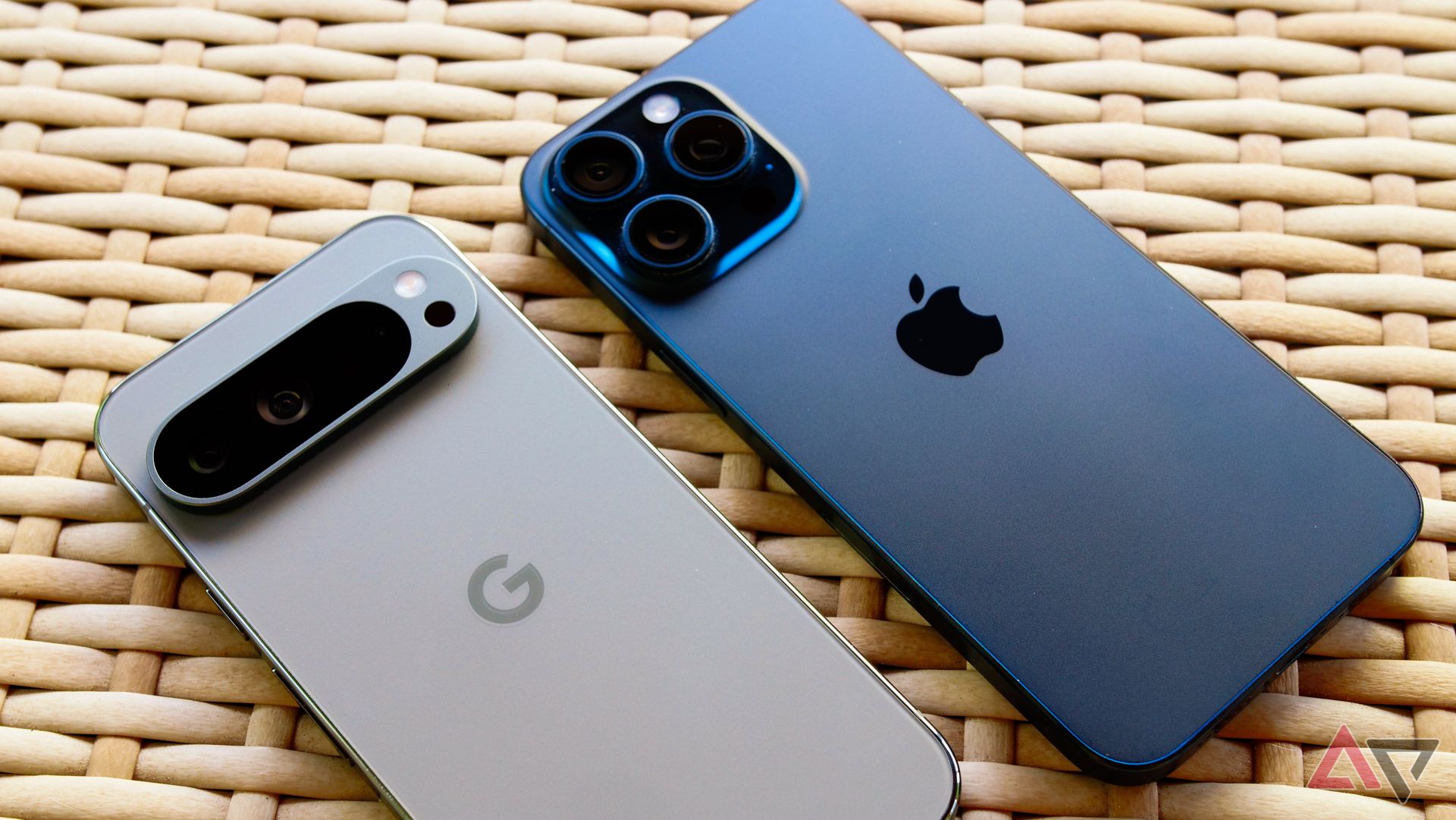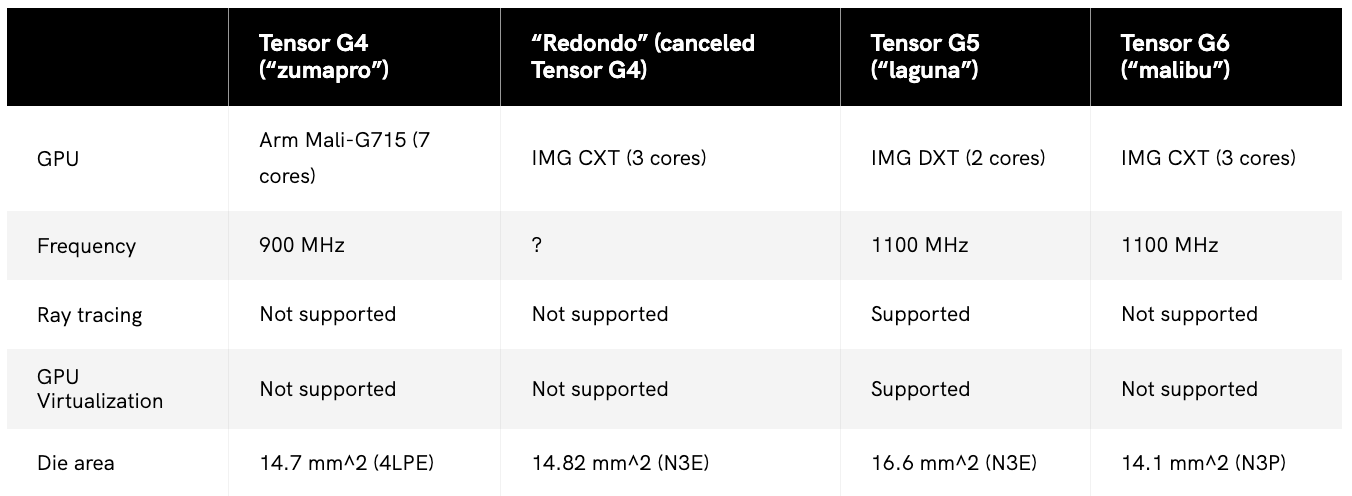Key Takeaways
- The Google Pixel 11 will utilize a new Tensor G6 chip.
- The Tensor G6 chip may have downgrades, like cutting the core count, but it’s intended for optimization.
- Google will focus on making improvements to the thermals and battery life.
Google’s Pixel 9 series phones are really good. They are some of the best phones that Google has ever made, thanks to thoughtful refinements that really put the hardware and software above some of its competitors. Now, that doesn’t mean there aren’t areas that can be improved, which is something we always hope to see with a new generation of phones. And while it’s still really early to start talking about the Pixel 10 and Pixel 11, here we are, with leaks about both phones popping up over the past few weeks, giving us a potential idea of what’s to come.

Related
Google Tensor leak suggests future Pixels are in for an iPhone-level SoC upgrade
TSMC-made Tensor G5 and G6 mirror Apple’s A18 and A19
With that said, we’re now getting new details about the Pixel 11 series and how it will utilize a brand-new Tensor G6 chip. The news comes from Android Authority, sharing details about what Google is focused on for the future release. And while we hope that it will bring many improvements, it looks like there’s going to be a lot sacrificed in order to really gain in one area.
Google is going to do it the way it wants
Although we had hopes that Google would really figure things out and pull a huge upset, besting its rivals when it comes to chip performance, the reality has been much more sobering, with the Tensor chip becoming a small footnote with every new Pixel release. Despite reports that the upcoming Tensor G5 is going to be Google’s first in-house developed chip, we’re still hearing news that this product will only produce a modest performance boost over the current chip.
And it looks like it’s pretty much going to be the same story for the Tensor G6, which is slated to appear in the Pixel 11. Android Authority reports that the future chip won’t be as big as an upgrade, and could even offer some “downgrades” in some areas. This information apparently comes direct from Google, through leaked documents that show the specifications of the Tensor G6 chip. And while Google does know that it’s not winning with its chips, it does have plans to make improvements.
When it comes to the areas of focus, Google is looking to make improvements with its chips when it comes to thermals and battery life, which pretty much go hand in hand. These are well known pain points for Pixel users, and have been for quite some time — and Google is just as aware. The brand is therefore putting these as priorities going forward, which is where the brand’s own Tensor G6 chip comes in. From the data gathered, the brand will attempt to deliver chips that are smaller, without losing anything from the previous version.
In order to meet deadlines, Google has had to make sacrifices, ditching plans for a new GPU and instead going with an older design that was originally supposed to be included in the Tensor G4. The new GPU will not have ray tracing features, which will reportedly be featured in the Tensor G5 chip. So, from this perspective, it’s a step backwards. But for a good reason.
You can also see the other specifications of each of the chips that are expected to arrive in the coming years in the chart above. Android Authority also reports that other areas of the Tensor G6 will be cut in order to create space on the chip die, like the digital signal processor and system-level cache. If all goes to plan, and for obvious reasons, things could change from what we see here, the new chip could arrive in a configuration that includes one Cortex-X930 core and six Cortex-A730 cores.
What’s important here is that the core count is going down, which could mean that we may not see a huge leap when it comes to performance when compared to the previous chip. Of course, Google has never been in the business of making its chips faster than its competition. But instead, it has opted to build chips that are optimized for its uses. This is why the Google Pixel series can offer so much more when it comes to its software magic. These are the experiences that really “wow” customers and make the Pixel experience special.
And while the upcoming chips may not look good on paper, the experience is going to get better with every iteration in some way, shape, or form. For the most part, it looks like Google is making the right moves, especially considering that recent reports show that the Pixel 9 series is seeing some success. But as mentioned before, it’s tough to know just how accurate these documents are, since things are always changing.
And with the Pixel 11 slated to arrive a couple of years from now, a lot could change. But it’s good to be able to get an idea of what to expect, even though it may not be what we want to see. Of course, we’ll continue to see new information pop up about the Pixel 10 and 11, so it will be interesting to see how things turn out.





